This article is also available in Japanese:日本語でも読めます
Electric vehicles (EVs) are widely seen as a cornerstone for the future of mobility and in many geographies, the main focus to decarbonize the transport sector. EVs are 5 to 6x more efficient at converting energy than ICE (Internal Combustion Engine) cars.
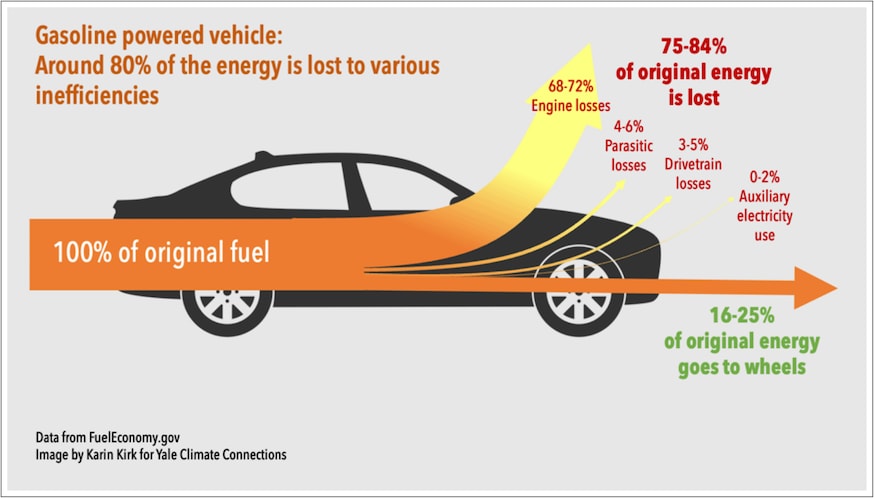
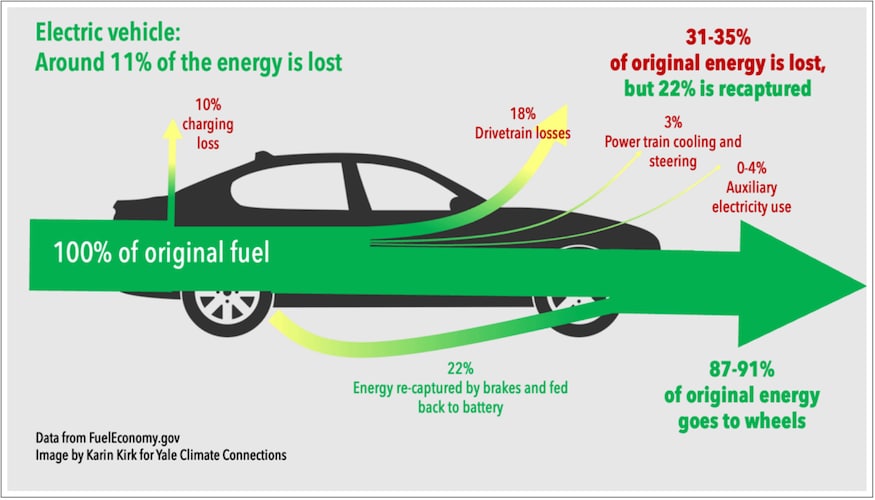
When charged with renewable energy or nuclear, they have a much lower carbon footprint than their combustion engine equivalents or even plugin hybrid.
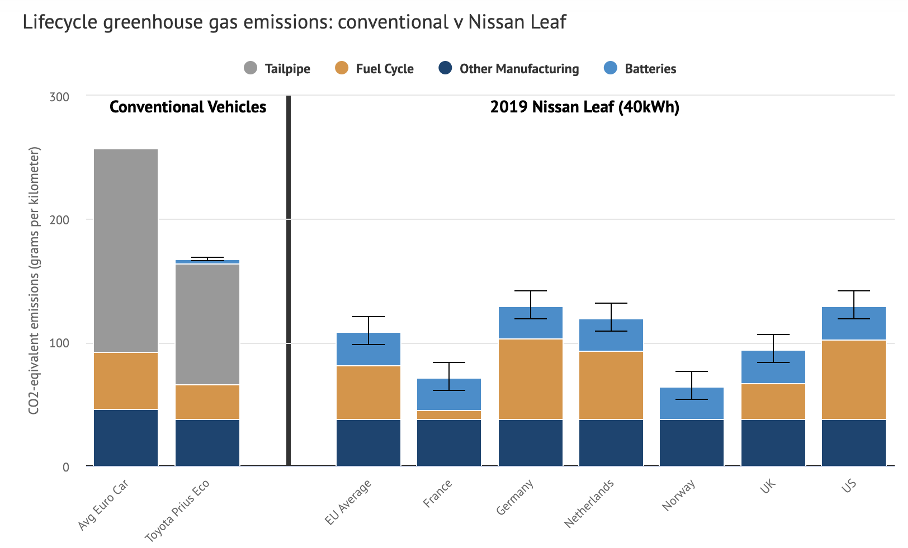
Battery EVs (BEVs) thus have had the preference other alternatives (e.g. Fuel Cell EVs) to replace the existing fleet of ICE.
Over the past decade, a variety of supportive policies for electric vehicles (EVs) have been put in place in key markets, which has helped to drive demand for these vehicles.
A varity of incentives have been established to encourage the purchase of electric vehicles (EVs):
- Government subsidies: governments offer financial incentives to EV buyers, such as tax credits or rebates. E.g. Biden’s IRA (Inflation Reduction Act)
- HOV lane access: In some areas (e.g. California), EVs are allowed to use carpool lanes even if there is only one person in the car, which can save time and reduce traffic congestion.
- Reduced parking fees: Some cities and municipalities (including Paris city, London, etc) offer reduced parking fees or waived parking meter fees for EVs.
Many countries have also announced the total elimination of internal combustion engine (ICE) car sales over the next 10 to 30 years, including EU (by 2035) and developing economies such as Costa Rica and Sri Lanka.
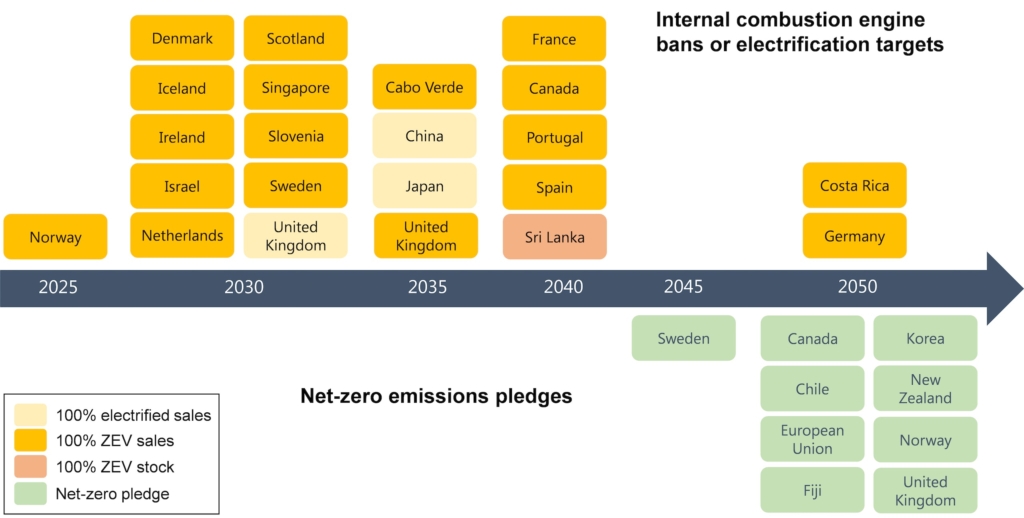
The demand for EVs has accordingly exploded in the last 5 years.
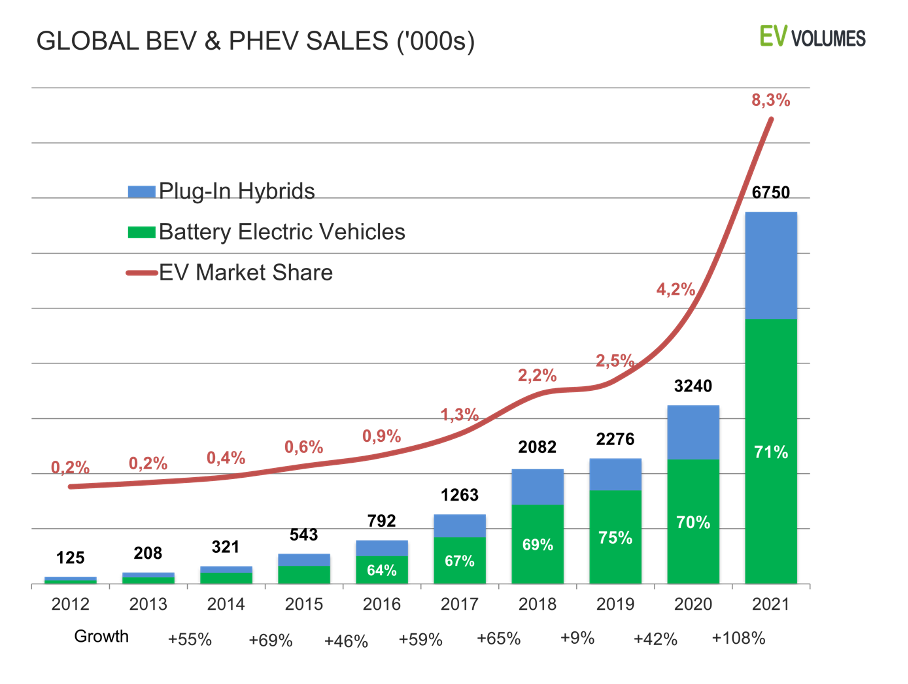
Challenges for EVs
However, EVs face significant challenges for a wider adoption:
- The charging infrastructure still underdeveloped in most countries inc. the US which makes long range trips still a worrisome experience for BEVs
- The supply chain for batteries with current production overwhelmingly controlled by China
- More fundamentally, the lack of minerals to convert all ICE vehicles to electric
The lag in fast charging infrastructure development
While the charging infrastructure is developing at a rapid pace, going on a trip of more than 500 miles can quickly become a headache. Range anxiety and the lack of charging stations are still the main bottlenecks to EV adoption from the consumer viewpoint.
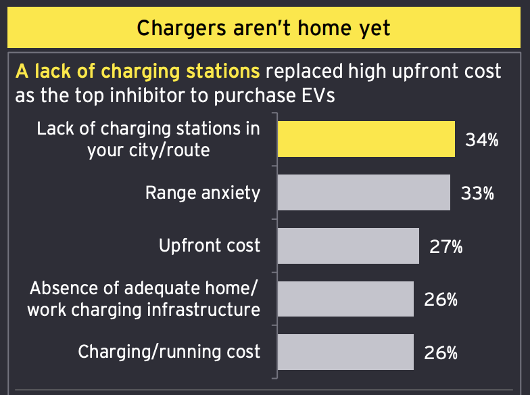
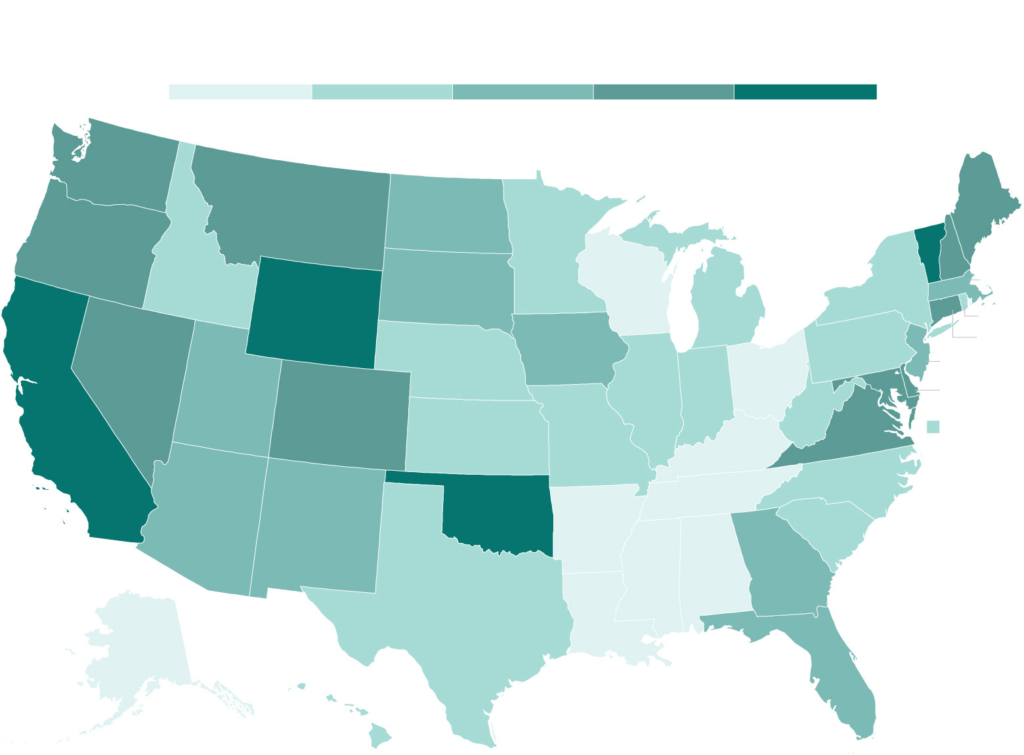
And rightfully so, if you look at the current availability of fast chargers in the US, Especially around the gulf and mid-west, the availability of fast chargers on your road would make any long trip hazardous. Even in Europe where the infrastructure is more developed, planning your trip to your holiday location can be a nightmare as demonstrated during the summer migration (see below)
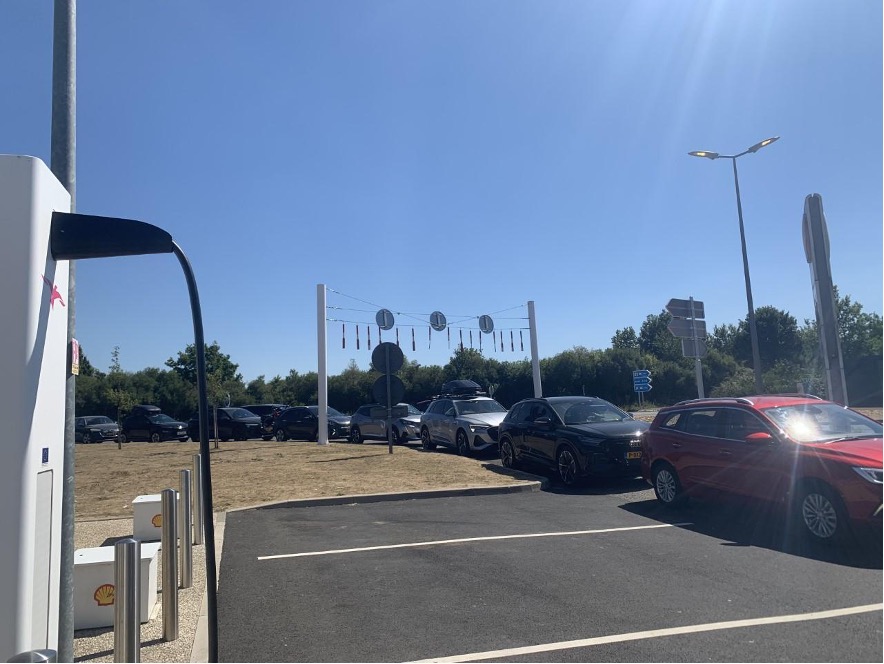
A battery supply chain still heavily relying on China
China produces 79% of the world’s lithium-ion batteries (2021 figures), the dominant technology, and controls more than half of the processing and refining capacity for lithium, cobalt and graphite.
COVID19 and Russia Ukraine have had severe impacts of the supply chain disruptions for minerals, components and batteries overall which had significant impact on the deliveries of electric vehicles.
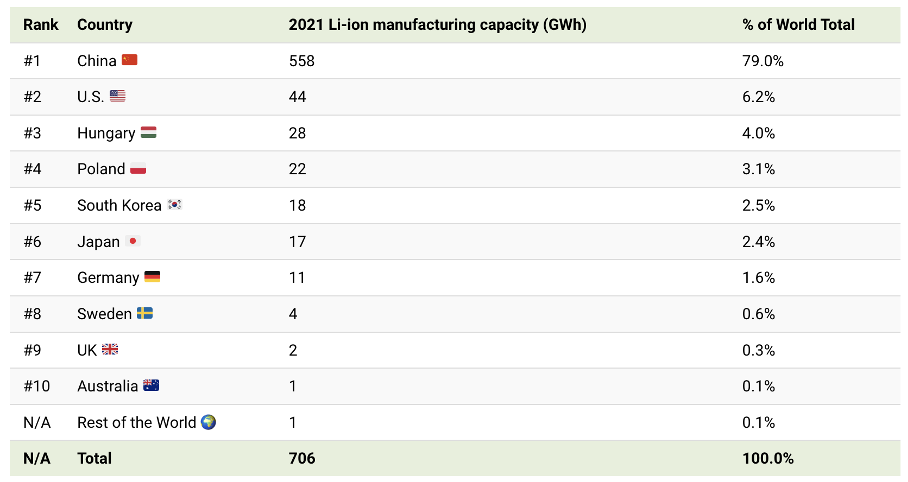
European and U.S. governments have made strong commitments to develop battery production capacity, but the majority of the supply chain is expected to remain Chinese until 2030.
Moreover, this commitment to battery production localization is partially led by startups which, as shown by the recent BritishVolt collapse, might not be realized.
Minerals for batteries
The resources of lithium, copper, nickel, graphite and cobalt, the main minerals needed to produce batteries for electric vehicles, are not unlimited.
The metals are there, they are in the earth’s crust. The only problem is that it takes about ten years to set up an operation between the beginning of the discoveries and the final production of minerals. Total mineral demand for electric vehicles and battery energy storage in 2020 was 0.4 Mt.
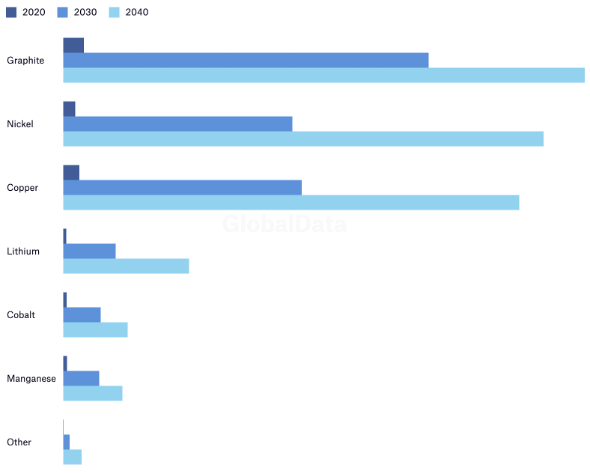
Depending on the scenario, the IEA expects demand to increase 30 to 40 times by 2050. Lithium needs are particularly critical, , followed by nickel and graphite according to the IEA. Demand for Lithium is expected to increase sixfold by 2030, to 500 kilotonnes, requiring the opening of 50 new mines.
Advances in recycling and more efficient use of minerals may help to mitigate mineral shortages in the long run. But it won’t help in the short run as the existing install base is dwarfed by the new installations.
Where should EVs be used and for what?
Long trips and BEV range
From a convenience point of view, given that current charging infrastructure is still under development, if you plan to frequently make long trips, a hybrid or plug-in hybrid vehicle may be a better option as they combine the benefits of an EV with the range of a gasoline vehicle.
Citroën, for example, has begun offering short-term loans of conventional cars to its EV customers who need to occasionally travel farther than their EV can comfortably go.
From a climate point of view, for long trips, rail and especially electrified is the best option. You can then rent a small EV for local mobility from the destination train station. Deutsche Bahn, the German railway operators, has been offering this service since 2016.
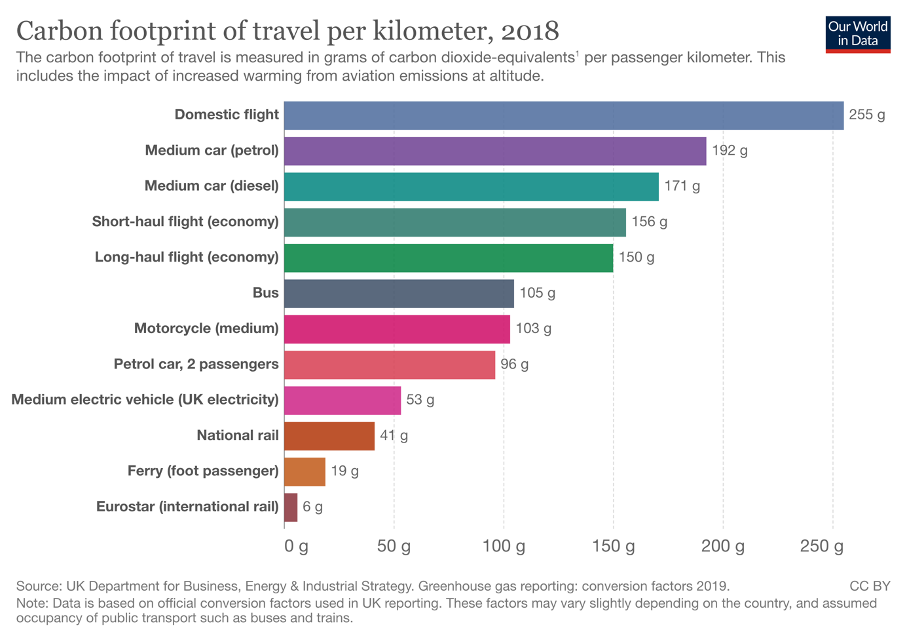
Even if not shown on the graph above, to move around your destination point or in the city, micro mobility like electric bikes (3 grams / km) is an even better choice.
Size
Electric SUVs are larger, heavier than smaller electric cars, which make them less efficient and more expensive to operate. E.g. the recent GMC Hummer, with a 247kWh battery, enough to run 45 Citroen AMI
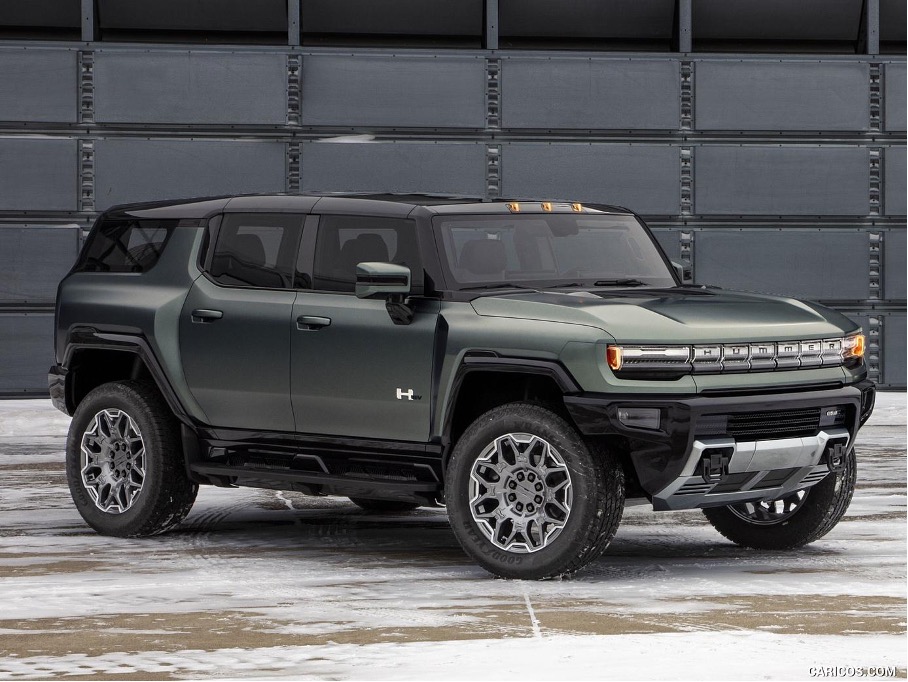
As shown in the graph below, SUVs are the least efficient EVs, on average a kWh will give you 2 miles of range (and even less than 1.5 for the hummer above).
Small city EVs / commuters, on the other end, like the Citroen AMI, the Renault Twizy or Dacia Spring, will give you 6 times more range with 12 miles on average (the Twizy is even more efficient with 15 miles / kWh).
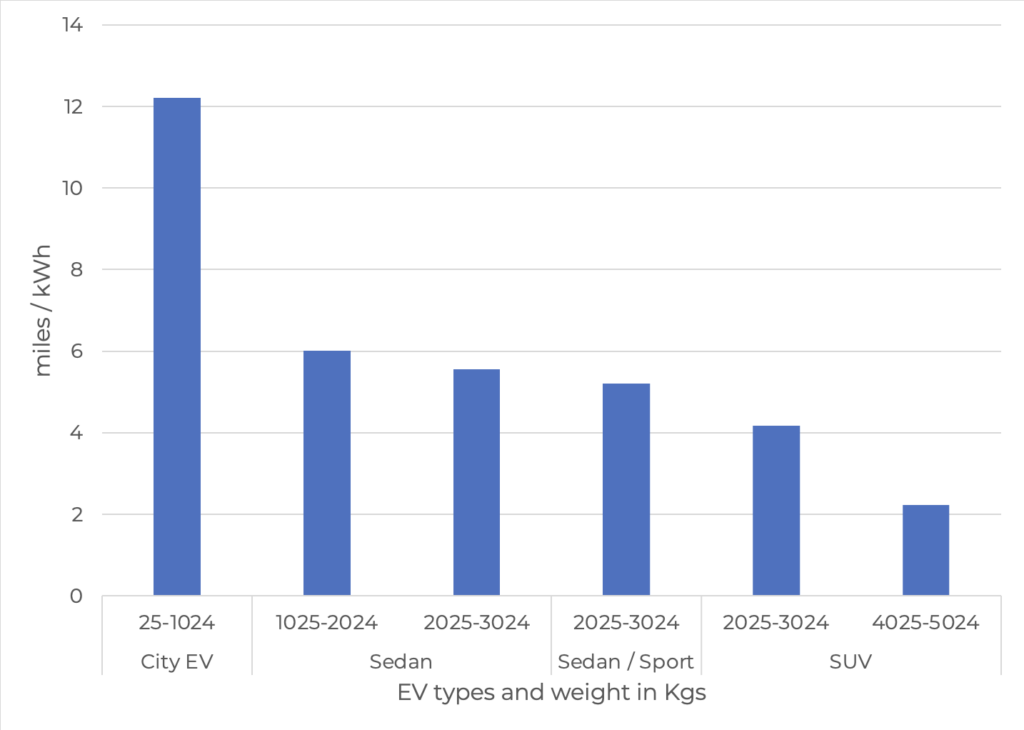
Given that minerals to develop the batteries will lag demand, incentives to buy smaller cars could help save these minerals and ensure a more sensible way of using them. EVs like the GMC Hummer or the Rivian R1T might make their owner feel like they are participating to the global effort towards decarbonization, but they are actually a poor way of using our mineral resources. Linked to this shortage, Rivian’s CEO recently announced that the company’s strategy would shift towards smaller SUVs
Government policies should be adapted to comply with this reality. Subsidies should be allocated only to the EVs that make sense from an energy efficiency and mineral resources perspective. France, for example, is preparing to tax vehicles according to how much they weigh. Public opinion is also changing in Europe especially. As Citroën CEO Vincent Cobée put it,“If you live in a big city, five years ago if you drop off your kids with a big SUV you’re a man. Now, if you do this, you’re a ‘terrorist.’”
EIS Insight
Based on their efficiency, their ability to be charged with renewable energy and a potential role to play as energy storage instruments, EVs certainly have a bright future ahead. However, EVs should be sized and weighted appropriately are not the answer for all mobilities.
Given the upcoming scarcity on minerals and the low efficiency when they become bulkier (Cx) and heavier, batteries should go in small and light EVs, not in crazy SUVs like the GMC Hummer. Also, policies should focus on public transport, especially railway or micro mobility solutions which tend to have a much better CO2 emission / passenger mile ration.



